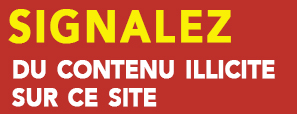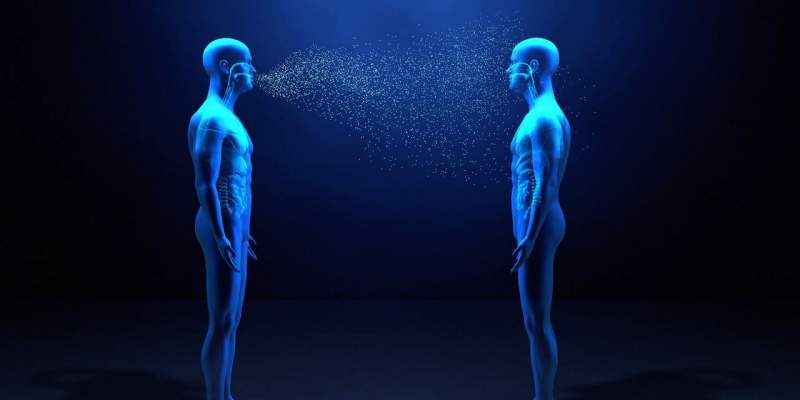
Le président Trump et Melania Trump se sont entretenus avec la juge Amy Coney Barrett et sa famille avant la cérémonie de nomination à la Cour suprême, à la Maison Blanche, le 26 septembre.
Deux semaines après que les Centers for Disease Control and Prevention aient supprimé les conseils en ligne sur la transmission aérienne du coronavirus, l’agence les a remplacés par un langage citant de nouvelles preuves que le virus peut se propager au-delà de six pieds à l’intérieur, à la dérive dans les airs.
“Ces transmissions se sont produites dans des espaces clos qui n’étaient pas suffisamment ventilés”, selon les nouvelles directives. “Parfois, la personne infectée respirait fortement, par exemple en chantant ou en faisant de l’exercice.”
Notamment, les nouvelles orientations du C.D.C. adoucissent une déclaration précédente qui faisait référence au coronavirus comme “un virus aéroporté”, un terme qui aurait pu obliger les hôpitaux à traiter les patients infectés dans des salles spécialisées et les travailleurs de la santé à porter des masques N95 partout dans un hôpital.
La nouvelle version indique que le virus peut être propagé à la fois par de grosses gouttelettes et par de petits aérosols libérés lorsque les gens “toussent, éternuent, chantent, parlent ou respirent”. Mais si le virus peut être aéroporté dans certaines circonstances, ce n’est pas le principal mode de propagation du virus.
Les révisions du C.D.C. arrivent alors que le président Trump reçoit un traitement au Centre médical militaire national Walter Reed à Bethesda, Md. pour ce qui semble être un cas grave de Covid-19, la maladie causée par le coronavirus.
L’administration est confrontée à un nombre croissant de ces infections dans le cercle restreint de M. Trump. Kayleigh McEnany, la principale porte-parole du président, a annoncé lundi matin qu’elle était positive pour le coronavirus, la dernière d’une série de personnalités politiques qui se sont retrouvées en isolement après ce qui aurait pu être un événement dit de “super propagation” à la Maison Blanche au début du mois.
Malgré le temps que l’ancien vice-président Joseph R. Biden a passé avec le président Trump lors du débat présidentiel, M. Biden continue de faire campagne parce qu’il n’a pas satisfait à l’exigence du C.D.C. concernant les contacts étroits – moins de six pieds de distance d’une personne infectée.
Mais dans une déclaration à la presse accompagnant les nouvelles directives, le C.D.C. a déclaré : “Les gens sont plus susceptibles d’être infectés plus longtemps et plus près d’une personne atteinte de Covid-19”.
M. Trump a parlé fort et longuement au cours du débat, qui, selon les experts, aurait pu libérer dix fois plus de virus que la seule respiration.
Voici ce que disent les experts sur ce qui se passe lorsqu’un patient infectieux veut quitter l’hôpital.
President Trump’s declaration that he will leave Walter Reed National Military Medical Center — and his impromptu ride in a motorcade around Bethesda, Md. — has stunned health professionals. But even if he were not the president, his doctors would have to take extraordinary measures to keep him in the hospital against his will.
Under ordinary circumstances, a patient who wanted to leave the hospital against the recommendation of his or her doctor might be asked to sign a discharge form acknowledging that he or she was declining further treatment. At times, psychiatrists are called in to determine if the patient is capable of making such a decision.
In the medical lexicon, this is called leaving “A.M.A.” — against medical advice. Roughly 2 percent of all patients do so, for varying reasons, often because they need to juggle work and home obligations. If the patient leaving against medical advice had a contagious disease, he or she would be asked to pledge to follow public health guidelines to keep those around him or her safe.
“Having an infectious illness itself is not a reason to keep someone in the hospital,” said Dr. Leana Wen, a former commissioner of health for the city of Baltimore. “But if there is a suspicion that a patient will knowingly and purposefully endanger others, there would need to be a discussion had about keeping that patient in the hospital against his will.”
That discussion would be a complicated legal one, governed by state and local public health laws — and the Constitution. Both Dr. Wen and Dr. William Schaffner, an infectious disease expert at Vanderbilt University in Tennessee, raised tuberculosis — a highly infectious disease — as an applicable analogy.
In Baltimore, Dr. Wen said, the public health department routinely stepped in to ensure that patients in the hospital for tuberculosis treatment were kept there if “they gave us reason to believe that if they were to leave that they would not take the medications that were prescribed and then they would be at high risk for infecting others.” She said law enforcement often became involved.
In Tennessee, Dr. Schaffner said, doctors would be required to seek permission from a judge. The burden of proof is on the health care system, he said, “to document that the person is a substantial hazard to others and then they can be confined until they complete their therapy.”
The federal Centers for Disease Control and Prevention has published a handbook on tuberculosis control laws as a guide for medical professionals. “Courts have struggled to determine when government authority to promote the population’s health justifies encroaching upon established individual rights,” the handbook says.
The White House physician, Dr. Sean P. Conley, told reporters on Monday that Mr. Trump had not pushed them to “do anything that was beyond safe and reasonable practice.” And he noted that at the White House, Mr. Trump would have “24-7 world class medical care surrounding him.”
Even so, Dr. Conley acknowledged that Mr. Trump is not yet in the clear, and said he would not “take that final deep sigh of relief” until at least next Monday, because the next few days will be critical. Other experts have raised blunt questions about why Mr. Trump would go home — even to the White House— so soon after diagnosis, especially given the unpredictable course of Covid-19.
“I’m worried about in two days he might suddenly crash and then on an emergency basis he would have to be rushed back,” Dr. Schaffner said.
He also raised questions about the president’s ride through Bethesda Sunday afternoon. Ordinarily doctors want patients to self-isolate until they are 10 days from the onset of symptoms, and three days without symptoms.
“I’d be surprised if it were with medical concurrence,” Dr. Schaffner said.










